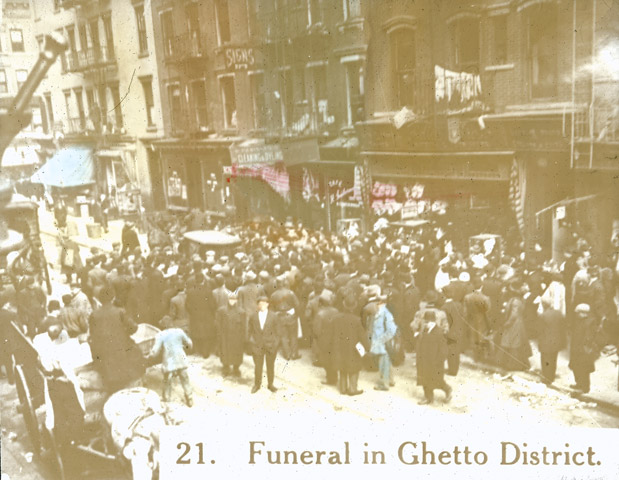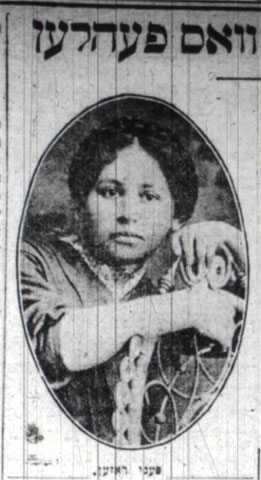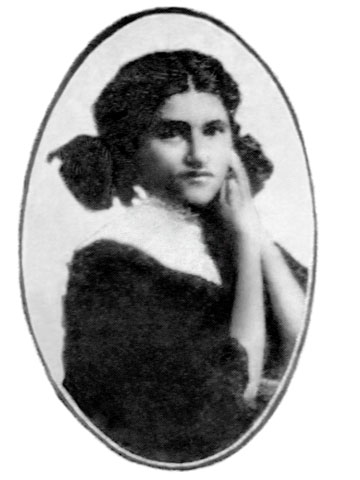
Those living on the Lower East Side felt unimaginable and communal suffering and loss for their friends and family. Yet, in other parts of the city, where garment workers were unknown, victims were just being nameless workers who perished in a tragic fire. No one knew who the young immigrant women workers were. Today, this narrative often remains, and the stories and lives of so many remain obscure. The voices from the immigrant communities tragically affected are quite often left out of the study of this historical moment. The reason this narrative remains is because sources from the dominant culture have been used to teach about the fire. While they provide important information about the fire and White American society’s reaction to this tragedy, they only tell part of the larger narrative. The sources from the immigrant communities affected tell of the people lost, the communal sorrow and present the whole full narrative of this devastating event. This tragedy is painful, shocking and upsetting to read about; it poses a difficult question about how to remember the lives of so many young immigrant workers that were cut too short, and is a call to action to remember the garment industry’s gross negligence and disregard for workers’ safety and health. So many victims have become dehumanized, separated from the people they were, who should have had lives in front of them, who had families and friends, and who had hopes and dreams.

In the days following the tragic fire, the Forward reported on some of those who perished and the suffering their families were left with. Violet Shekhter was 21 years old, she was about to be “engaged to Mr. Harris,” and “left behind helpless parents and five siblings for whom she was the sole breadwinner, and “left no photograph behind.”1 Gussie Spunt, who was 19 was in the United States on her own, and Yetta Rosenboym was 22 and about to be married.2 The Forward reports went to the homes of those who had lost loved ones to record their stories in attempts to understand this tragedy.

Ethel Shrayber had just turned 19. She was married only two weeks ago and as her husband was unemployed she went to work. Poor, but happy, she lived with her husband in a small bedroom on the top floor on Munroe Street…Esther Hochfeld, 21 years old from 292 Munroe Street, worked at the ‘Triangle’ along with her brother Max. She was engaged…Esther Goldstein, one of the victims who resided at 143 Madison Street, meant to send her father in Russia a few dollars for Passover.3
These are only few of the workers who perished in the Triangle Shirtwaist Factory Fire, in total 146 workers lost their lives.4
1. “Remembering the Victims,” Forverts, March 27, 1911. https://forward.com/articles/136175/remembering-the-victims/.
2. “Remembering the Victims,” Forverts, March 28, 1911. https://forward.com/articles/136175/remembering-the-victims/.
3. “More Tragedies in the Darkened Homes,” Forverts, March 28, 1911. https://forward.com/articles/136166/more-tragedies-in-the-darkened-homes/.
4. “146 Lives Lost!,” Trianglefire.Ilr.Cornell.Edu, 2018. https://trianglefire.ilr.cornell.edu/victimsWitnesses/victimsList.html.